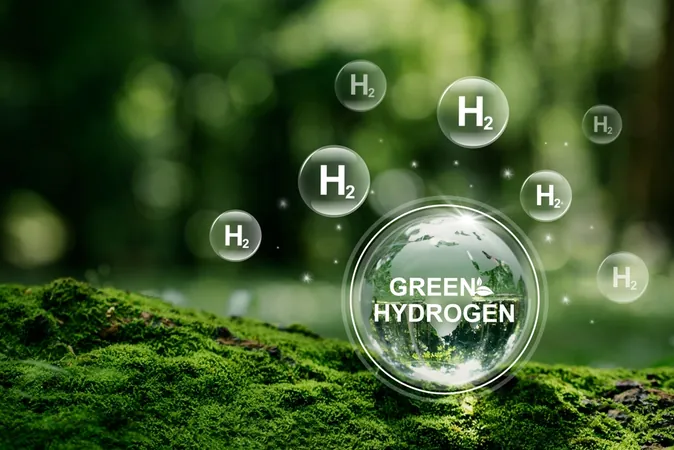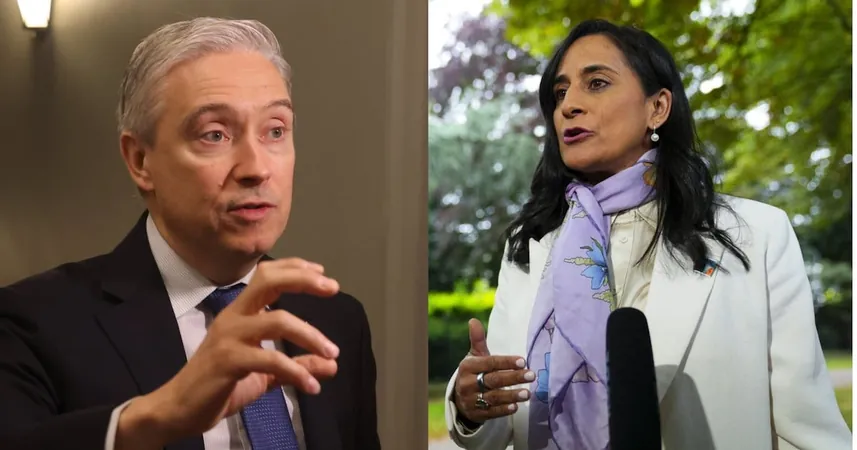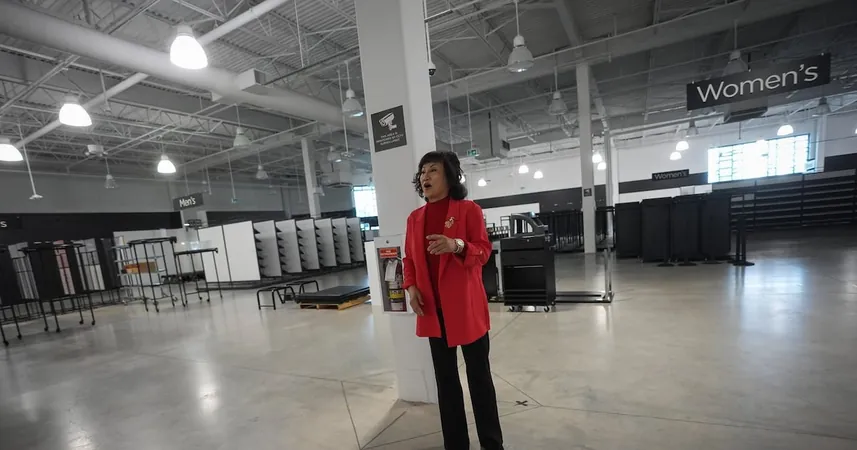
Breakthrough in Green Hydrogen Production: Using Sugar Cane Waste!
2025-07-14
Author: Michael
Transforming Sugar Cane Waste into Green Hydrogen
A groundbreaking process is revolutionizing the production of green hydrogen, utilizing crushed sugar cane waste more efficiently than ever imagined. Researchers from the University of Johannesburg have unveiled a simulation demonstrating the potential for high energy efficiency in generating green hydrogen while significantly reducing harmful by-products like tar and carbon emissions.
The Issues with Current Gasification Methods
Conventional large-scale gasification techniques fall short, producing excessive tar and pollutants along with limited amounts of green hydrogen. Professor Bilainu Oboirien noted that typical biomass gasifications yield a mix of hydrogen, carbon monoxide, carbon dioxide, and disturbing amounts of tar which complicates the cleaning process and raises operational costs.
Introducing Sorption-Enhanced Chemical Looping Gasification (SECLG)
Enter Sorption-Enhanced Chemical Looping Gasification (SECLG), a cutting-edge technique developed over the last decade that enhances biomass gasification. This method promises a higher purity of green hydrogen and greater energy efficiency while simultaneously capturing carbon within the system.
Impressive Efficiency Metrics
According to the new model, the SECLG process can yield hydrogen levels between 62-69%, while keeping tar levels under one gram per cubic meter—far superior to conventional methods. The reduction in tar and other pollutants not only boosts the viability of the process but could also lower costs associated with additional equipment.
Towards Real-World Applications
While the theoretical model holds immense promise, real-world application still presents challenges. The degradation of oxygen carriers and the effective separation of ash and char have yet to be factored into the model, which are essential for a successful SECLG environment.
Ongoing experiments in a lab setting aim to validate these models further. Professor Oboirien emphasized the need for collaboration and investment in infrastructure to make SECLG a sustainable alternative for green hydrogen production.
A Hope for Decarbonisation
The implications of this technology could extend beyond hydrogen production. With the potential to help decarbonize energy-intensive sectors like steel and cement, SECLG could play a pivotal role in achieving a greener future. As research progresses, the world may soon witness a new wave of sustainable energy solutions sourced from sugar cane waste!









 Brasil (PT)
Brasil (PT)
 Canada (EN)
Canada (EN)
 Chile (ES)
Chile (ES)
 Česko (CS)
Česko (CS)
 대한민국 (KO)
대한민국 (KO)
 España (ES)
España (ES)
 France (FR)
France (FR)
 Hong Kong (EN)
Hong Kong (EN)
 Italia (IT)
Italia (IT)
 日本 (JA)
日本 (JA)
 Magyarország (HU)
Magyarország (HU)
 Norge (NO)
Norge (NO)
 Polska (PL)
Polska (PL)
 Schweiz (DE)
Schweiz (DE)
 Singapore (EN)
Singapore (EN)
 Sverige (SV)
Sverige (SV)
 Suomi (FI)
Suomi (FI)
 Türkiye (TR)
Türkiye (TR)
 الإمارات العربية المتحدة (AR)
الإمارات العربية المتحدة (AR)